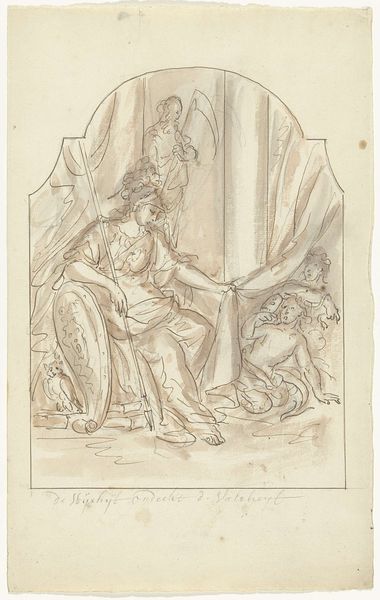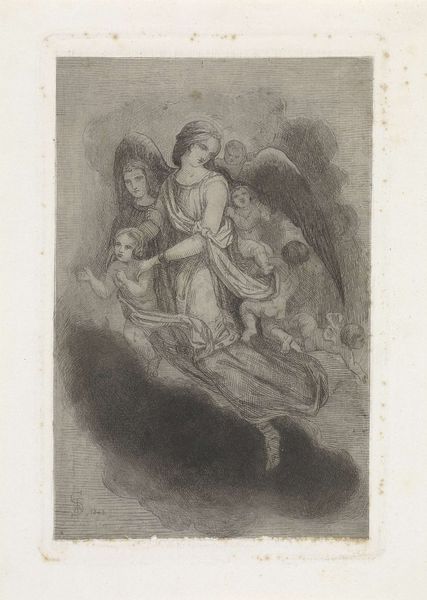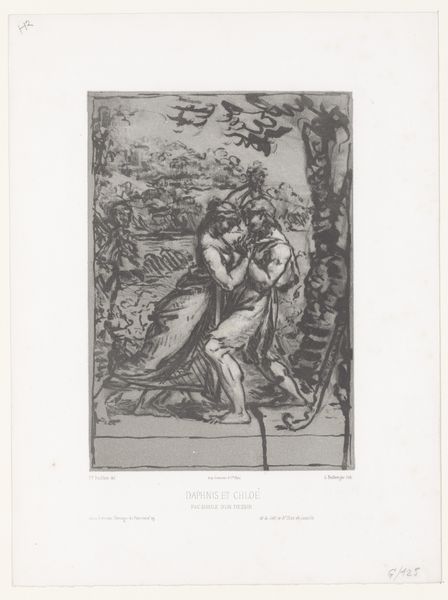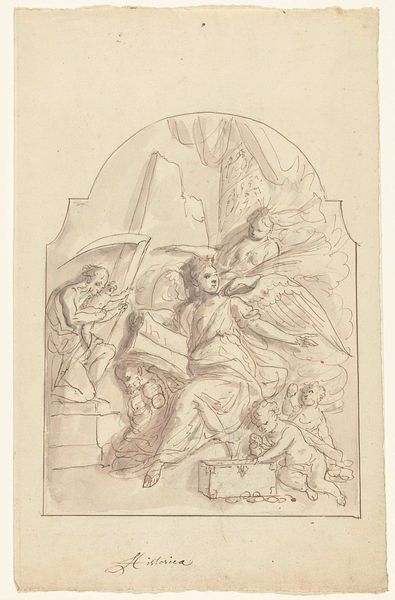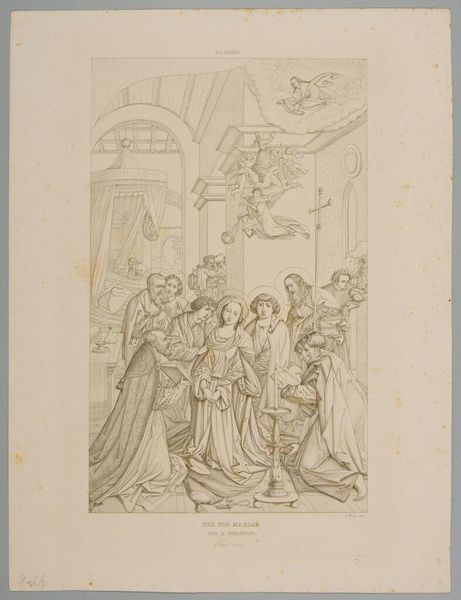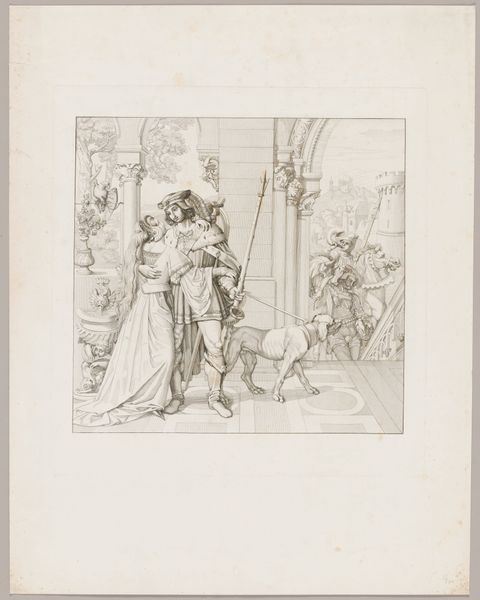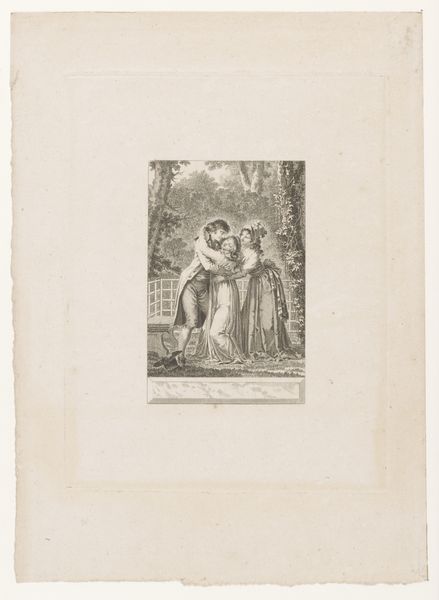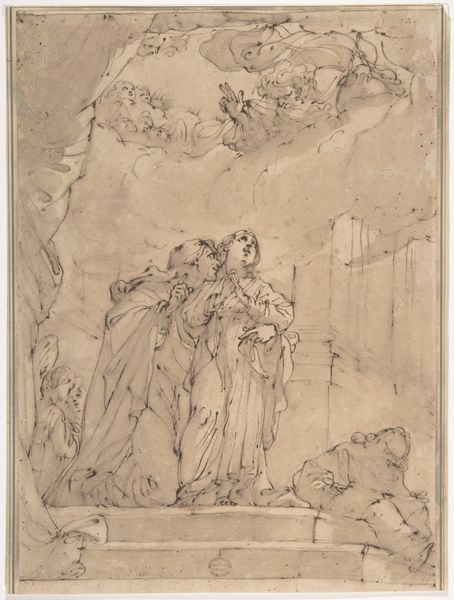
drawing, paper, ink, pencil, pen
#
drawing
#
narrative-art
#
baroque
#
pen sketch
#
pencil sketch
#
landscape
#
figuration
#
paper
#
ink
#
pen-ink sketch
#
pencil
#
pen
#
history-painting
Dimensions: height 330 mm, width 213 mm
Copyright: Rijks Museum: Open Domain
Elias van Nijmegen made this drawing of Niobe, a figure from Greek mythology, sometime around the turn of the 18th century. It’s executed in pencil, a medium that was just then coming into its own. The economical lines and subtle gradations of tone show off pencil’s capacity for detail. Look closely and you can see how Nijmegen layered the strokes to create depth and shadow, giving the scene a dramatic intensity. He also left areas of the paper untouched, creating highlights and a sense of airiness. Pencil may seem commonplace now, but it was once a cutting-edge technology. Before graphite was encased in wood, artists used metal styluses or messy chalks. The rise of pencil coincided with the growth of literacy and commerce. It became an indispensable tool for sketching, writing, and accounting – a true democratizing force. This seemingly simple drawing reflects broader shifts in society, underscoring how materials and techniques are never neutral. They carry cultural and economic significance that shapes not only how art is made, but how we understand the world around us.
Comments
No comments
Be the first to comment and join the conversation on the ultimate creative platform.

